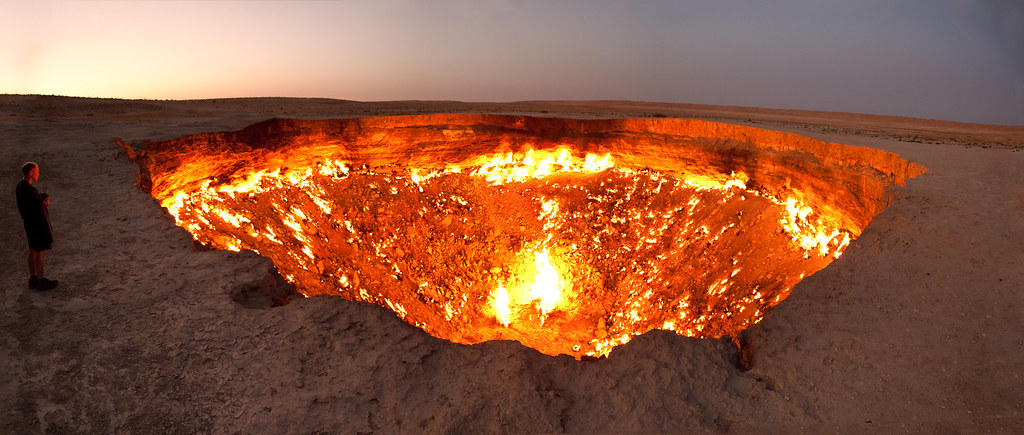It's that time of the year again: when DIYers are coming out of the woodwork with backyard projects like building decks and pergolas, all gearing up for the warmer months ahead.
However, not all timber is created equal. There are different factors to consider: natural durability, structural strength, machine-graded pine, F-grades, hardwood versus pine, and ways to extend timber's lifespan.
Sorting the wood from the trees can be overwhelming, so our experts at the National Centre for Timber Durability and Design Life , have compiled a checklist of everything a DIY enthusiast needs to know about timber durability, species and maintenance.

Moreton Bay campus Stage 2 under construction using sustainable, prefabricated timber
About Timber Durability & Structural Grades
When choosing timber for a backyard project, two key factors must be considered: durability and structural performance.
Durability refers to the timber's inherent ability to resist decay, termites and weathering over time, while structural performance is about how well the timber can withstand physical stresses.
For any build to last, both of these factors need to be met - ensuring the timber selected is not only strong enough but also able to endure the environment it's exposed to.
Before choosing timber for any project, it's important to consider two complementary classifications: durability classes, which indicate how well a timber species resists decay and weathering; and structural grades, which show how strong and stiff the timber is for building safely.
How are timbers rated for durability in Australia?
Durability classes (Classes 1-4) help us understand how well different timbers naturally resist decay, termites, and weathering when used outdoors.
Think of Class 1 as the heavyweight champion of timber durability - these timbers can last 40+ years above ground and 25+ years in ground.
The high durability of Class 1 timbers make them perfect for pergolas, decks, and other exposed structures.
Popular Class 1 timbers include Grey Ironbark, Jarrah, and Turpentine.
The durability of Class 2 timbers, such as Spotted Gum, Blackbutt, and Tasmanian Oak, makes them the reliable middleweights with a lifespan of 30+ years above ground and 15-25 years in ground.
These species hold their own in outdoor areas with moderate weather exposure.
Then there's Class 4, including pine, which naturally has the shortest lifespan outdoors - so it's a bit like the rookie you have to look after carefully.
Untreated, it won't last long above ground or in soil, so it needs chemical treatment to boost its durability before use.

Timber Grades in Australia
When it comes to structural strength, timbers in Australia are classified by grades that tell you how much weight they can safely hold and how well they withstand stress.
The two main grading systems you'll encounter are machine graded pine (MGP) and F-grades.
Difference Between MGP10 and MGP12
MGP grades come from machine testing that measures stiffness and structural properties, rated for a minimum stress of 10 MPa.
Think of MGP10 as the jack-of-all-trades - ideal for general residential builds where strength and budget balance out nicely.
MGP12 steps up the game with higher strength and stiffness, perfect for floor joists or walls where extra support is a must.
What are F-grades?
F-grades, like F8, are all about bending strength - the "F" stands for force, and the number shows how much stress the timber can take before it bends beyond safe limits.
These grades apply to both softwood and hardwood and go from F8 up through F14 and beyond.
F8 timber is your go-to for everyday framing, decks, bearers, and more. Timbers that hit the F8 mark include species such as Douglas Fir and Radiata Pine.
Durable Timber Species in Australia
Because native forest logging is restricted, a lot of timber in construction comes from pine plantations - the biggest in the country.
Pine is great when it comes to applying preservatives, as its sapwood soaks up treatment chemicals really well.
Treated pine consistently meets quality requirements, so it often outperforms untreated timber, which naturally has more variability in decay resistance.
How to Extend the Life of Timber
Extending your timber's lifespan comes down to good treatment and knowing hazard classes - from H1 for indoor use to H6 for marine environments.
H2 treated timber works well for dry, protected interiors and lasts 25+ years there.
If you're wondering how long H2 timber will last outside in ground contact, the answer is a couple of years, at best.
For outdoor use, H3 is great for weatherboards, deck and fascia (subjected to periodic moderate wetting).
H4 is suitable for ground contact like posts. H5 suits in-ground, fresh water contact like retainer walls or stumps.
Where timber is exposed to consistent wetting - whether from condensation or moisture - it is recommended to select a higher hazard class treatment to ensure adequate durability and long-term performance.
An example could be decking bearers and joists, close to the ground (use H4/H5 timber, not H3).

Practical Tips to Keep Your Timber Project Thriving:
- Match the right timber to the hazard class. Using the wrong timber for the environment is a quick way to cut your project's lifespan short.
- Moisture management is key - avoid ground contact where possible, allow ventilation, and design surfaces that drain well.
- Seal cut ends promptly to protect timber fibres from the elements.
- Apply regular stain to maintain protection and appearance over time.
Professor Tripti Singh and Dr Zidi Yan are part of the National Centre for Timber Durability and Design Life - a partnership between industry, academia and government. The Centre is supported by the Federal Government, Forest and Wood Products Australia, UniSC, University of Queensland and Queensland Department of Primary Industries.






